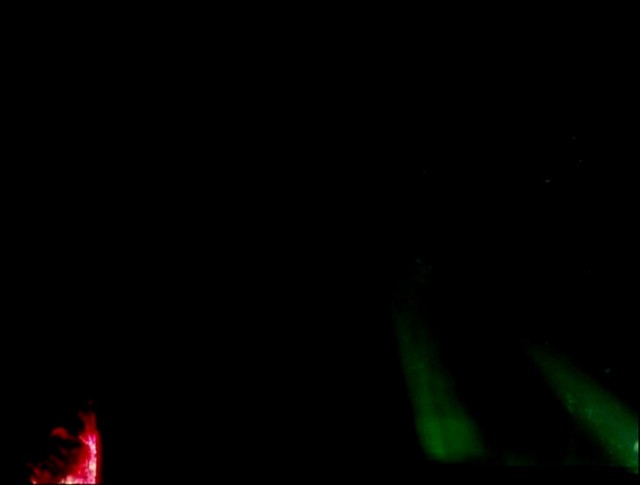
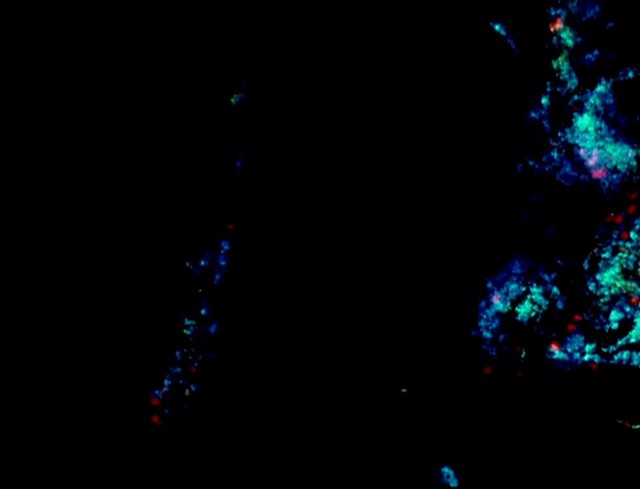
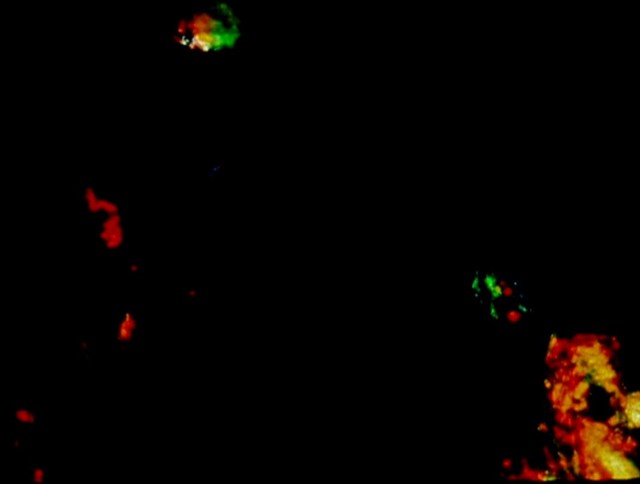
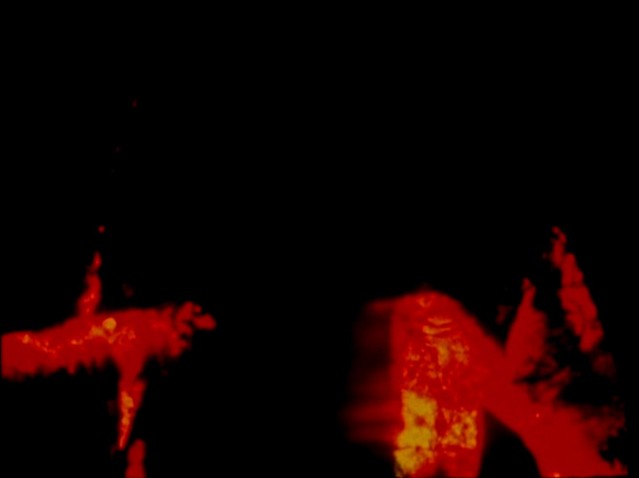

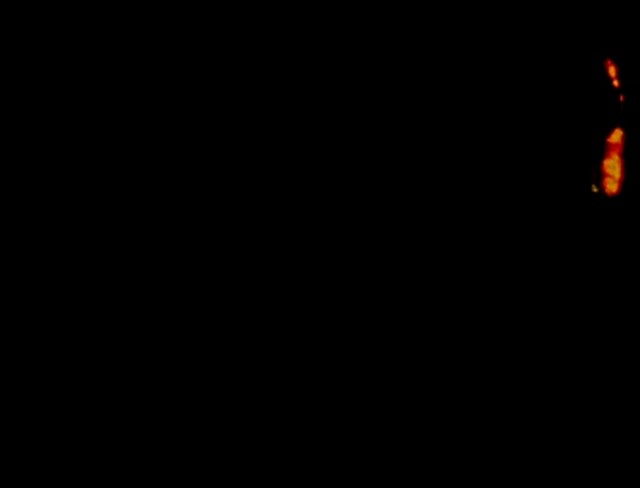

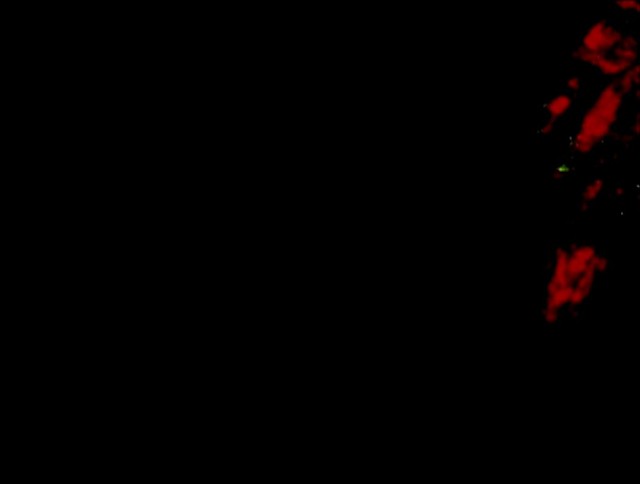
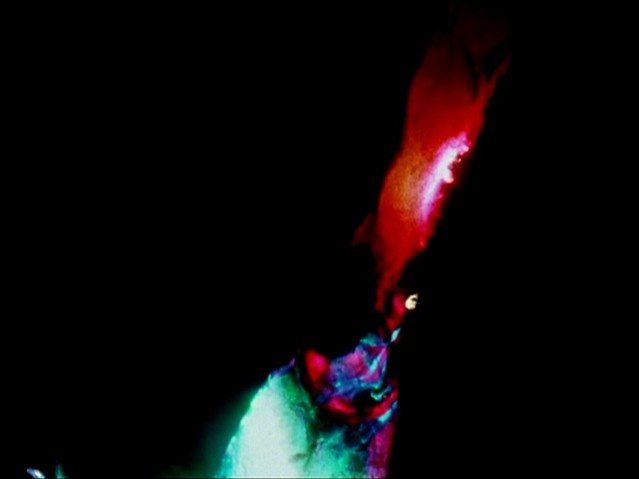

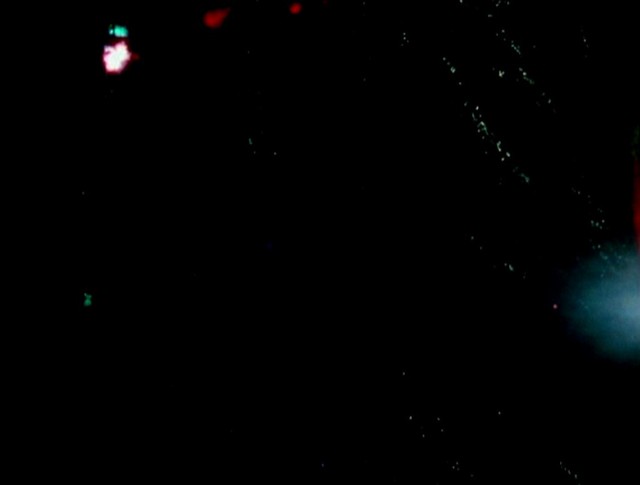

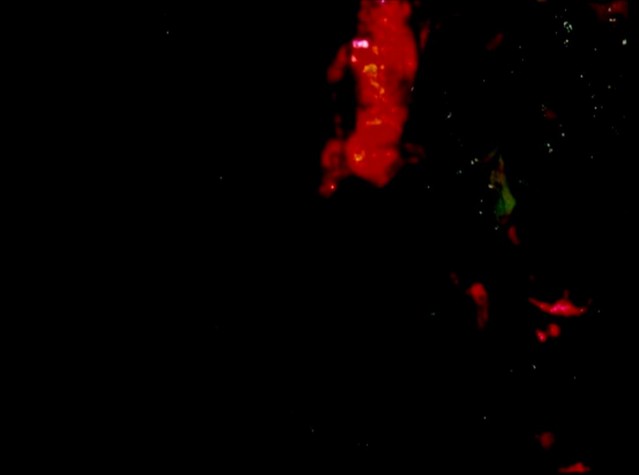
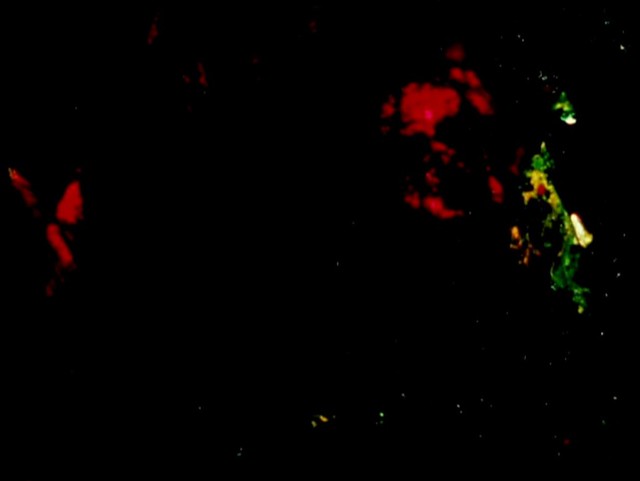


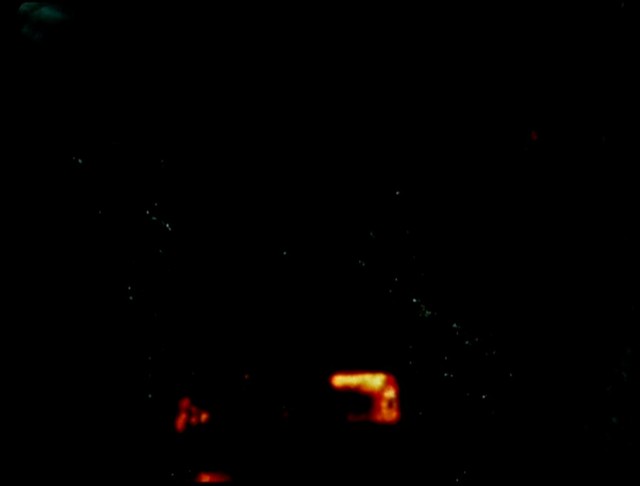
 the blackest moments from
the blackest moments fromstan brakhage - the dark tower - 1999
(an homage to all the dark towers in literary history)
darkness itself can be a rich realm of vision for the "untutored eye". it reveals ephemeral shapes and patterns of light seen when the eyes are closed. known as phosphenes, these "wispy clouds and moving specks of light," as gerald oster describes them, may arise spontaneously, not only when the eyes are closed but whenever "the viewer is subjected to prolonged visual deprivation," as when he or she looks for hours at a blank screen. phosphenes are also produced by physical pressure on the eyes - from the light tough of a fingertip on the eyelid, to the violent jolt produced by a fall or a blow to the head (when we "see stars"). they can result from sudden movements of the eyes after long periods in darkness, and they can be stimulated by chemical agents (from alcohol to hallucinogenic drugs), electrical shocks, migraine headaches.
from william c. wees' light moving in time - studies in the visual aesthetics of avant-garde film - univ. of california press - 1992 - page 70 - giving light to the medium: stan brakhage

No comments:
Post a Comment